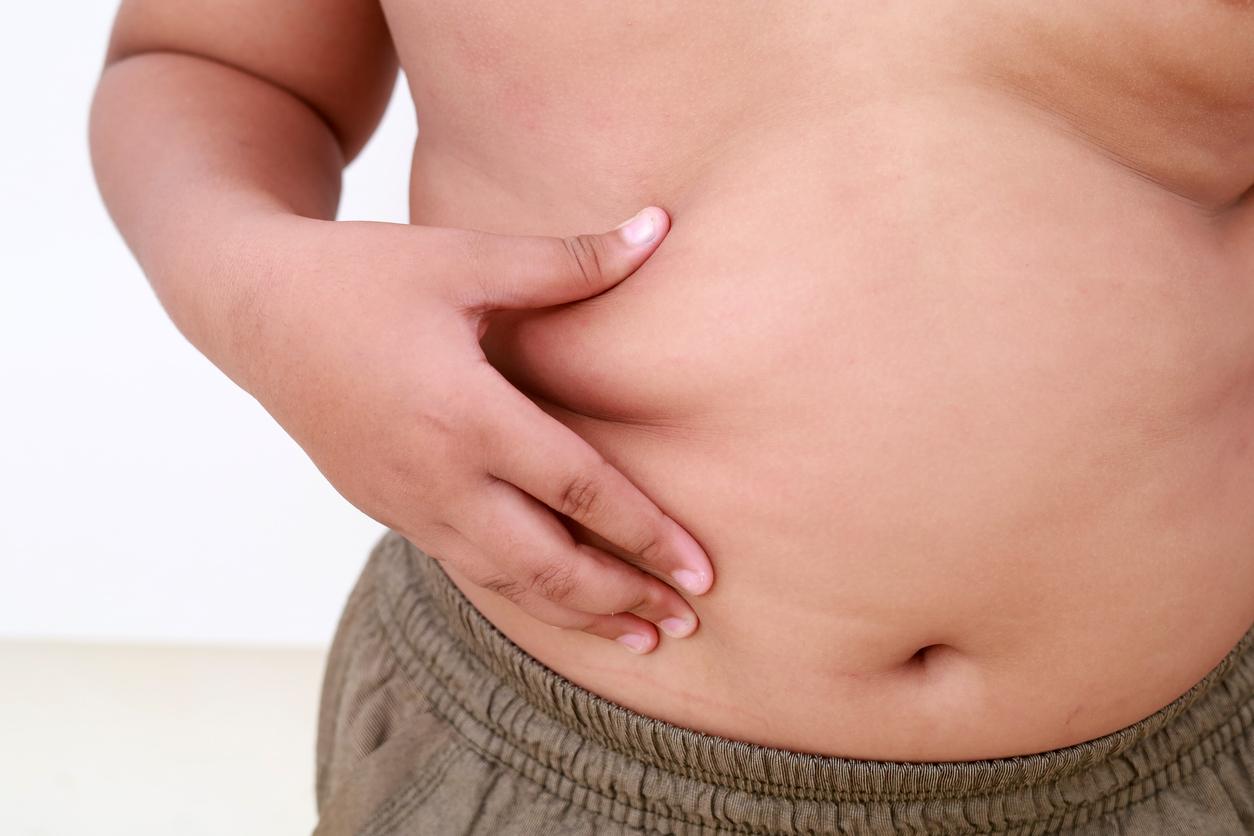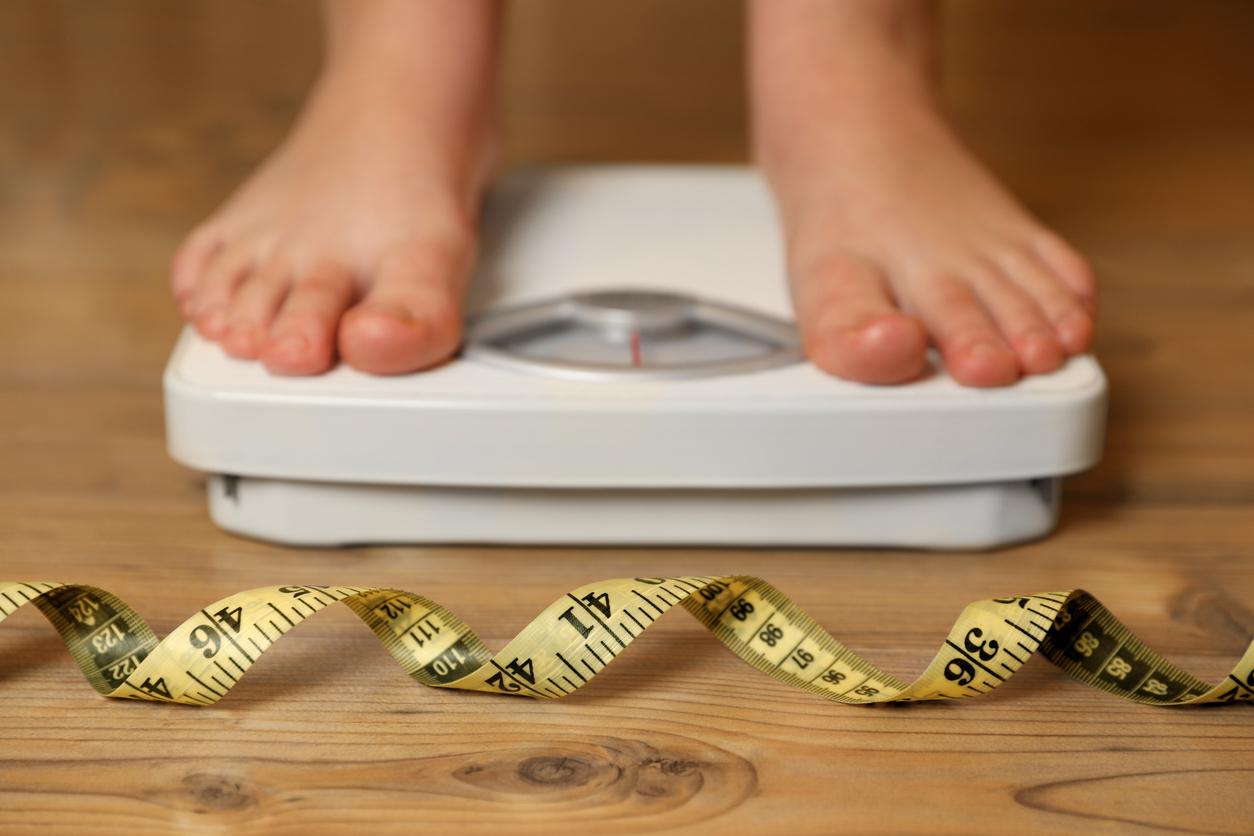You probably already have calculated your BMI, out of curiosity or necessity. To do this, we divide its weight by its height squared. Between 18.5 and 25, the score is considered normal. Below 18.5, it indicates thinness, above 25, overweight. But the BMI cannot specify where the fat mass resides, and as such, can be misleading. A very muscular bodybuilder will thus be able to display a BMI greater than 25, but will absolutely not be in excess fat! Thus, waist circumference turns out to be an indicator of choice in terms of health risks. It is in any case the conclusion of a english study carried out over several years by researchers from the City University of London.
A health risk indicator
Beyond a certain threshold, a large waist circumference increases the probability of suffering from cardiovascular disease, type 2 diabetes, cancer and even nibbles on a few years of life expectancy. . This threshold differs according to gender: it is 80 to 88 cm for a woman and 94 and 102 cm for a man (the margin may vary depending on the size). “Waist circumference is more predictive of possible health problems,” explains Dr. Boris Hansel. Because excess abdominal fatis toxic to the body. It coats the viscera and disrupts metabolic functioning”. It is also necessary to make the difference between a subcutaneous fat, that is to say the belly bulges that you can pinch between your fingers, and visceral fat, which is located under the abdominal muscles and which ultimately gives a “hard” belly, where you cannot grasp fat.
Too much visceral fat = danger
Should we abandon the calculation of the BMI in favor of the measurement of the waist circumference for all that? “No, they are complementary, replies our specialist. When the waist circumference exceeds the reference values, it is a sign that there is probably too much abdominal fat. This makes it possible to react and take the necessary measures. But this remains a probability, which remains to be confirmed by other examinations. It’s not because we have a belly that we necessarily have diabetes or cardiovascular disease. Arterial pressure, fasting blood sugar, triglycerides, cholesterol… If two of these balances are above the norm, we can suspect an accumulation of visceral fat. Only good news, this grease is easier to dislodge. To do this, you have to move on a daily basis (walking, climbing stairs, etc.) and, in addition, practice a moderate-intensity endurance sports activity of at least 150 minutes per week, i.e. 30 minutes 5 times a week.
Measure your waist correctly
It is measured using a tape measure, preferably in the morning on an empty stomach, at the end of an expiration. Directly on the skin, take the measurement halfway between the last rib and the top of the hip bone. From 80 to 88 cm for a woman and 94 to 102 cm for a man, the critical threshold is reached. Talk to your doctor about it.
Read also :
– BMI does not reflect the health risks of being overweight
– BMI, an unreliable index in children
– Obesity: a genetic factor at the origin of abdominal storage
















